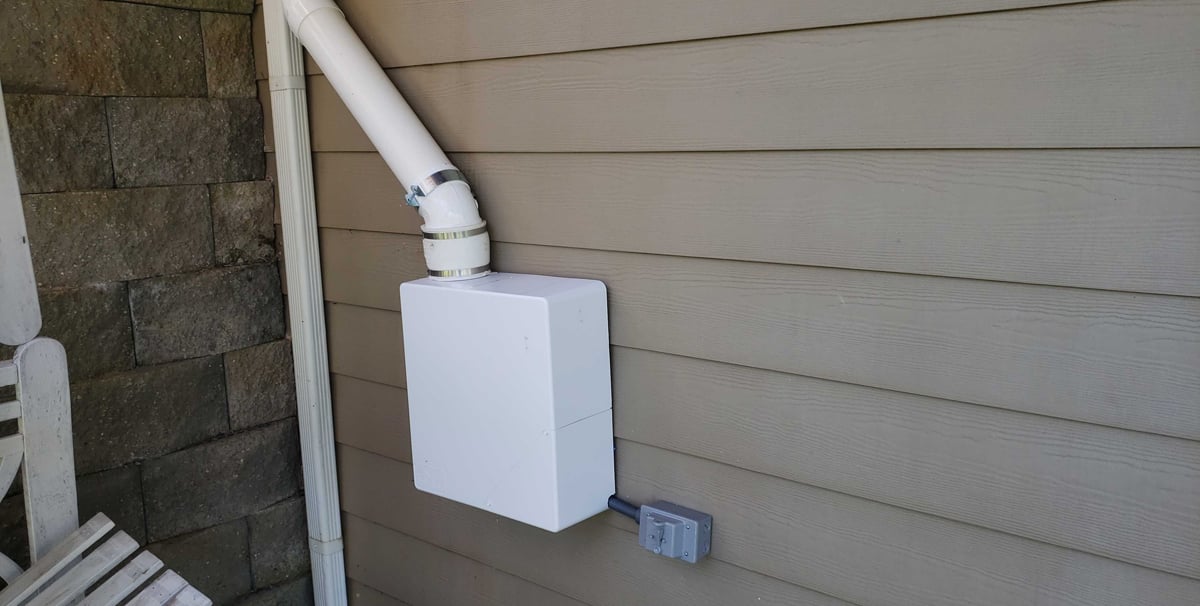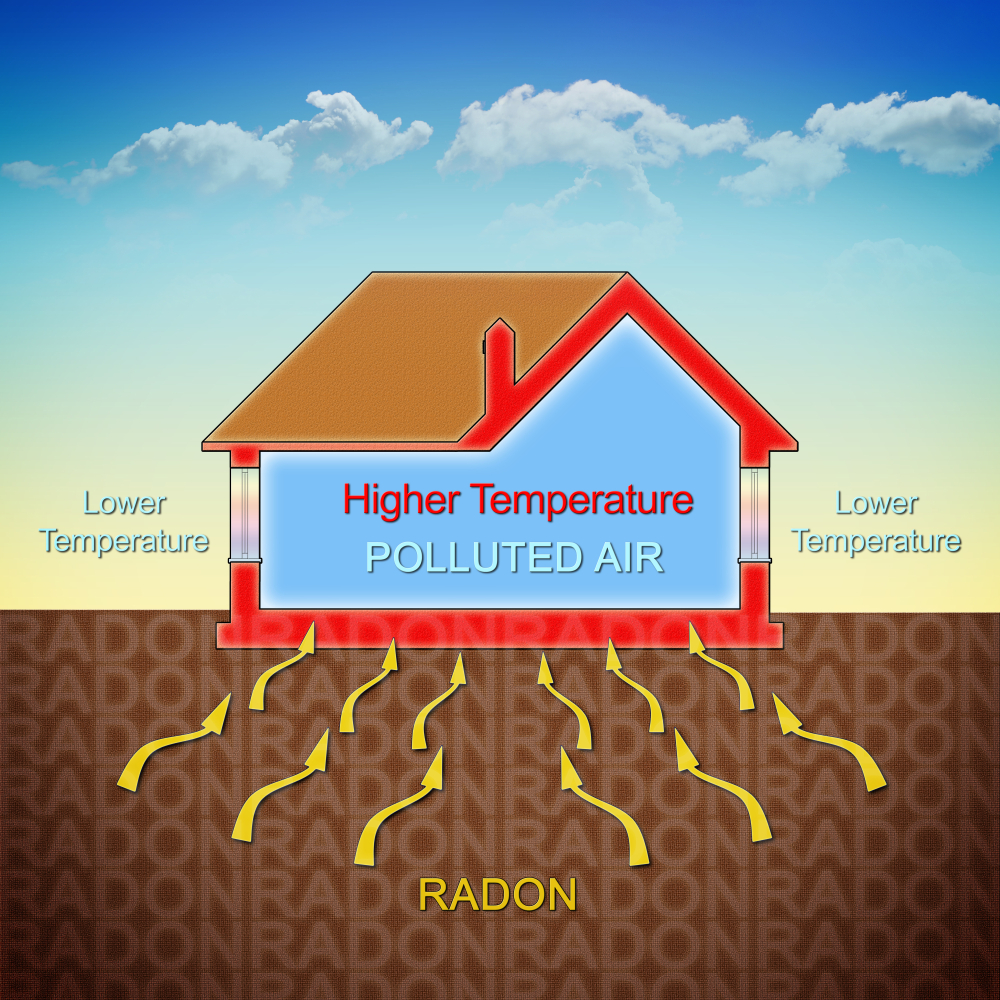US EPA
Is radon really bad for you?
Breathing radon over time increases your risk of lung cancer. Radon is the second leading cause of lung cancer Click for more info in the United States. Nationally, the EPA estimates that about 21,000 people die each year from radon-related lung cancer. Only smoking causes more lung cancer deaths.
The initial step in reduction is examining to see if the domestic and/or indoor-air water radon focus must be lowered. The World Wellness Company's International Radon Job has actually advised an activity level of 100 Bq/m3 (2.7 pCi/l) for radon in the air.


The EPA sets the degree of unsafe radon gas exposure at or over 4 pCi/L. It's suggested that you undergo reduction efforts to lower exposure if your home has radon gas levels exceeding this activity degree. You'll definitely need mitigation and also might require extra considerable improvements to secure off the resource of the gas if screening discloses a much higher degree.
Is radon mitigation really necessary?
When radon gas enters the body, it exposes the lungs to small amounts of radiation. http://public.sitejot.com/tdsqfjx134.html In small quantities, experts say this is harmless. However, in persistent exposures or larger quantities, radon can damage the cells of the lining of the lungs, increasing a person's chance of developing lung cancer.
The US EPA has placed it simply, mentioning, "Any type of radon exposure has some threat of triggering lung cancer. Radon gas is a naturally-occurring result of the contaminated decay of Uranium in the dirt. Depending upon your geographic area, the radon degrees of the air you take a breath outside of your house may be as high as 0.75 pCi/L.
- Your threat of lung cancer cells raises considerably with exposure to higher radon levels.
- Lung cancer cells danger rises 16% per 2.7 pCi/L rise in radon direct exposure.
- Radon gas is a naturally-occurring by-product of the contaminated decay of Uranium in the soil.
- Relying on your geographic place, the radon levels of the air you breathe beyond your house might be as high as 0.75 pCi/L.
- The US EPA has put it simply, stating, "Any kind of radon exposure has some risk of causing lung cancer.
How do you eliminate radon?
Possible symptoms include shortness of breath (difficulty breathing), a new or worsening cough, pain or tightness in the chest, hoarseness, or trouble swallowing. If you smoke and you know you've been exposed to high levels of radon, it's very important to quit smoking.
Unless you have a high price of air flow relocating via your home at all times, radon can develop inside the house as well as get to dangerous levels. With the lowest survival price among several of one of the most typical cancers cells, lung cancer cells is among the most been afraid conditions in the country.
Nevertheless, when radon obtains entraped inside-- after getting in a home via joints in wall surfaces, basement floors, structures as well as various other openings-- it may focus at unsafe degrees. Actually, radon is the 2nd leading source of lung cancer cells, responsible for an estimated 21,000 fatalities annually in the United States, adding to lung cancer's standing as the # 1 cancer killer. When inhaled into the lungs, it can damage DNA as well as trigger lung cancer. The EPA's recommended degree for radon reduction is 4.0 pCi/L or over. It is however a worthy gas without chemical affinity however is conveniently influenced by air motions as well as pressure.
How long does it take for radon to cause cancer?
Fact: You will reduce your risk of lung cancer when you reduce radon levels, even if you've lived with an elevated radon level for a long time. Keep in mind that radon levels below 4 pCi/L still pose some risk and that radon levels can be reduced to 2 pCi/L or below in most homes.